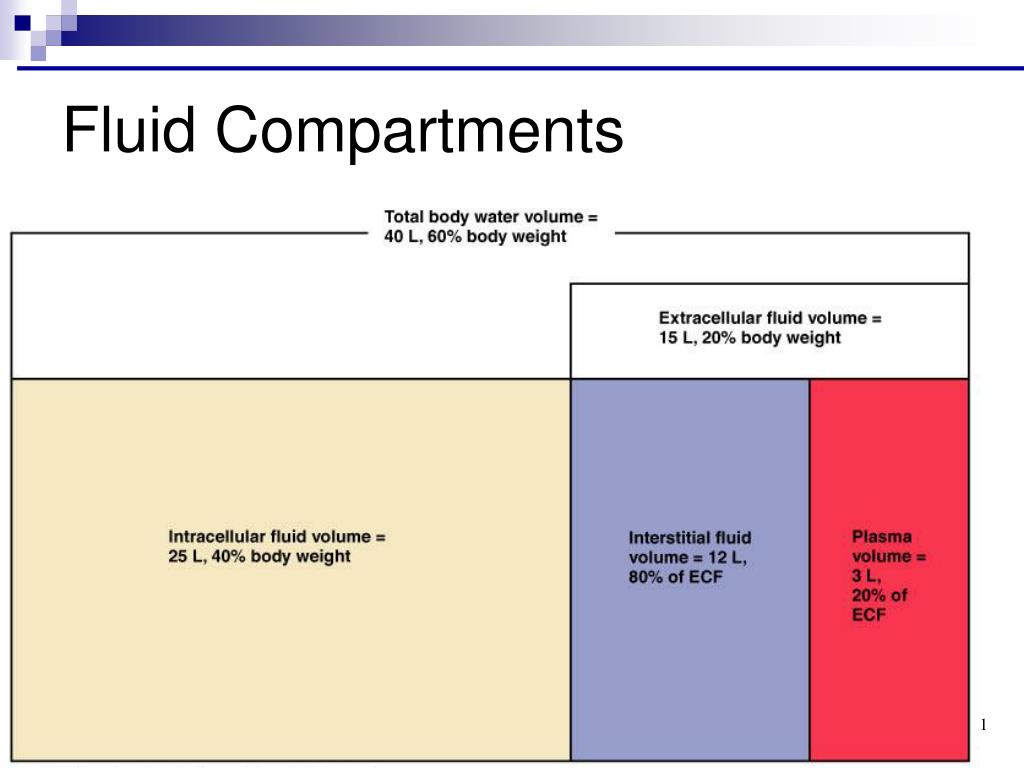

Careless and casual use of the term “dehydration” for patients who, in fact, have intravascular “volume depletion” contaminates the medical language, creates misleading impressions and unfortunately, in some cases, leads to inappropriate management. However, the conceptual error of using the term “dehydration” as a non-specific, generic term to represent any type of fluid deficit affecting any fluid compartment, or even worse, to imply ECF volume depletion, remains disturbingly prevalent among medical students and doctors. Mange et al highlighted the importance of recognizing dehydration and volume depletion as two completely different clinical entities. In addition, a command of medical language and terminology is essential to precisely describe and categorize body-fluid status. A competent fluid assessment requires sound knowledge of the dynamic interaction between body fluid compartments, as well as a skilful examination and careful biochemical analysis of serum and urine.

In this review, we focus on another key concept regarding dehydration and volume depletion, and how the two are completely different clinical syndromes with distinct pathophysiological mechanisms, clinical features, biochemical characteristics, and management strategies.Īssessment of body fluid status is an integral component of the physician’s evaluation of most hospitalized patients. One concept that has received considerable attention in recent medical teaching is the notion that disorders of water balance are manifested as hyponatraemia or hypernatraemia, whilst disorders of sodium balance are manifested as disruption of extracellular fluid (ECF) volume. Students often confuse concepts related to sodium and water balance.


 0 kommentar(er)
0 kommentar(er)
